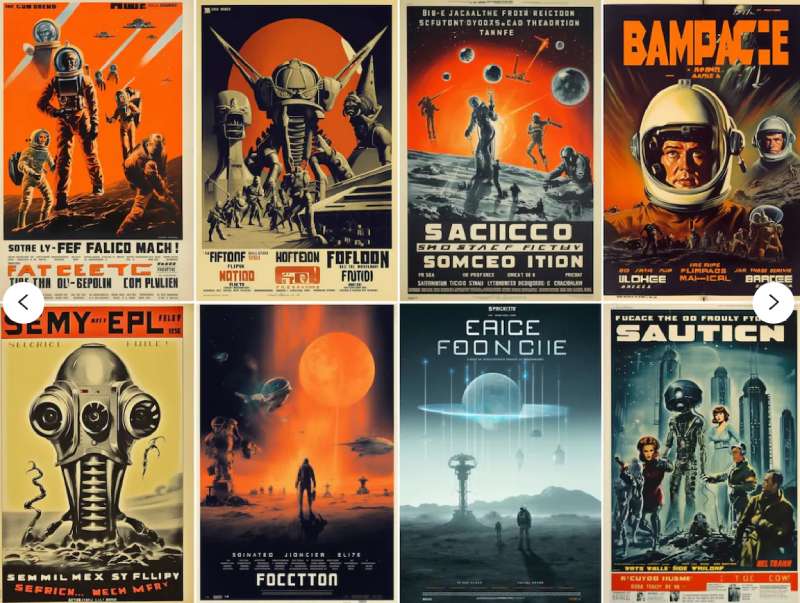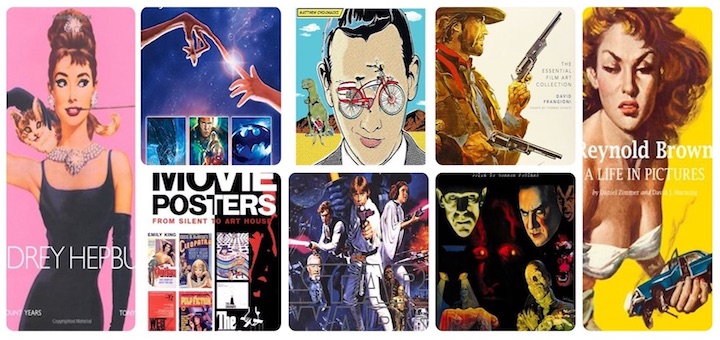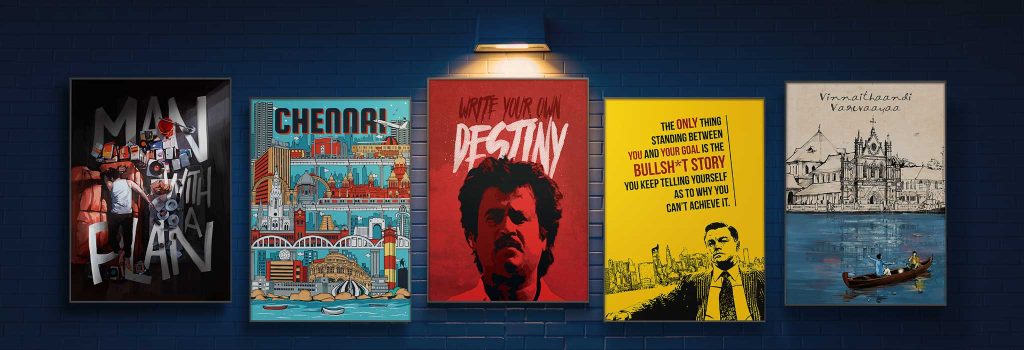The Everlasting Appeal of Starburst Slot 2025
Starburst Slot 2025 continues to captivate players worldwide, standing as one of the most iconic NetEnt slots ever created. Launched over a decade ago, this low volatility slot remains a favorite among casual and seasoned players alike. But what makes it so special, and why does it still shine in 2025?

Despite the rapid evolution of the iGaming industry, Starburst Slot 2025 remains a staple in the top slot games in 2025. Its simple yet engaging gameplay, combined with stunning visuals and exciting Starburst Wilds feature, ensures it remains relevant even today.
Features That Keep Players Engaged
The game’s straightforward mechanics appeal to all types of players. Some of its key features include:
- Starburst Wilds Feature: Expanding wilds on reels 2, 3, and 4 with respins for enhanced winning opportunities.
- Both Ways Win Mechanic: Winning combinations pay from both left to right and right to left.
- Low Volatility Slot: Consistent small wins that keep players engaged longer.
- Vibrant Graphics and Sounds: A cosmic theme with dazzling gems and a futuristic soundtrack.
Why Starburst Slot 2025 Still Stands Out
While new slot games emerge every year, very few can match the universal appeal of Starburst. Here’s why it continues to dominate in 2025:
1. Simple Yet Rewarding Gameplay
Unlike complex slot games with numerous paylines and confusing bonus rounds, Starburst Slot 2025 offers a straightforward experience that doesn’t overwhelm new players while keeping high rollers entertained.
2. Optimized for Mobile and Desktop
Starburst has been continuously updated to ensure seamless gameplay across all devices. Whether you’re playing on a smartphone, tablet, or desktop, the experience remains smooth and immersive.
3. Availability in the Best Online Casinos
Most of the best online casinos continue to feature Starburst Slot due to its popularity. Many platforms even offer free spins or welcome bonuses exclusively for this game, making it even more attractive to new players.
4. Perfect for Both Casual and Serious Players
Thanks to its low volatility, Starburst Slot 2025 is ideal for casual players who enjoy extended gameplay sessions with frequent but moderate wins. At the same time, high rollers appreciate its potential for large payouts through the Starburst Wilds feature.
5. Regular Updates and Enhancements
NetEnt ensures that Starburst Slot remains fresh and relevant by periodically introducing updates, optimizing graphics, and improving compatibility with new gaming technologies. This commitment to quality makes Starburst a timeless classic that still feels modern in 2025.
In 2025, Starburst Slot remains a go-to choice for players looking for an exciting and rewarding gaming experience. With its timeless appeal and innovative updates, it continues to stand out among the best online slots. Whether you’re a seasoned player or just starting, Starburst Slot offers a perfect balance of entertainment and winning potential. You can explore this iconic game and enjoy its thrilling features at https://starscolor.com/, one of the top destinations for slot enthusiasts.

The Future of Starburst Slot
With NetEnt consistently refining its games, Starburst Slot 2025 is expected to remain relevant for years to come. Possible future enhancements include:
- Improved Graphics and Animations: While already visually stunning, future updates may introduce even more immersive visuals.
- Enhanced Bonus Features: New variations of the Starburst Wilds feature could add fresh excitement.
- Blockchain Integration: With the rise of crypto casinos, Starburst may adopt blockchain technology for fairer and more transparent gameplay.
- VR and AR Enhancements: As technology advances, Starburst Slot could integrate virtual reality and augmented reality elements to create an even more engaging experience.
- New Special Editions: NetEnt might release new themed versions of Starburst, offering players fresh and unique experiences.
A Slot That Never Fades
Starburst Slot 2025 is proof that a classic game, when designed well, can remain a top choice for years. Its simplicity, engaging mechanics, and rewarding Starburst Wilds feature make it a must-play for slot enthusiasts. Whether you're a new player or a seasoned pro, this game promises hours of entertainment with frequent wins. Try your luck at the best online casinos and experience why Starburst Slot still shines bright in 2025.

With its continued updates, availability in the best online casinos, and compatibility with modern gaming trends, Starburst Slot 2025 proves that some classics never fade. The game’s mix of simplicity, excitement, and consistent rewards ensures its place among the top slot games in 2025 and beyond. So, if you're looking for a slot that offers a thrilling yet balanced gaming experience, Starburst remains a shining beacon in the online casino world.















